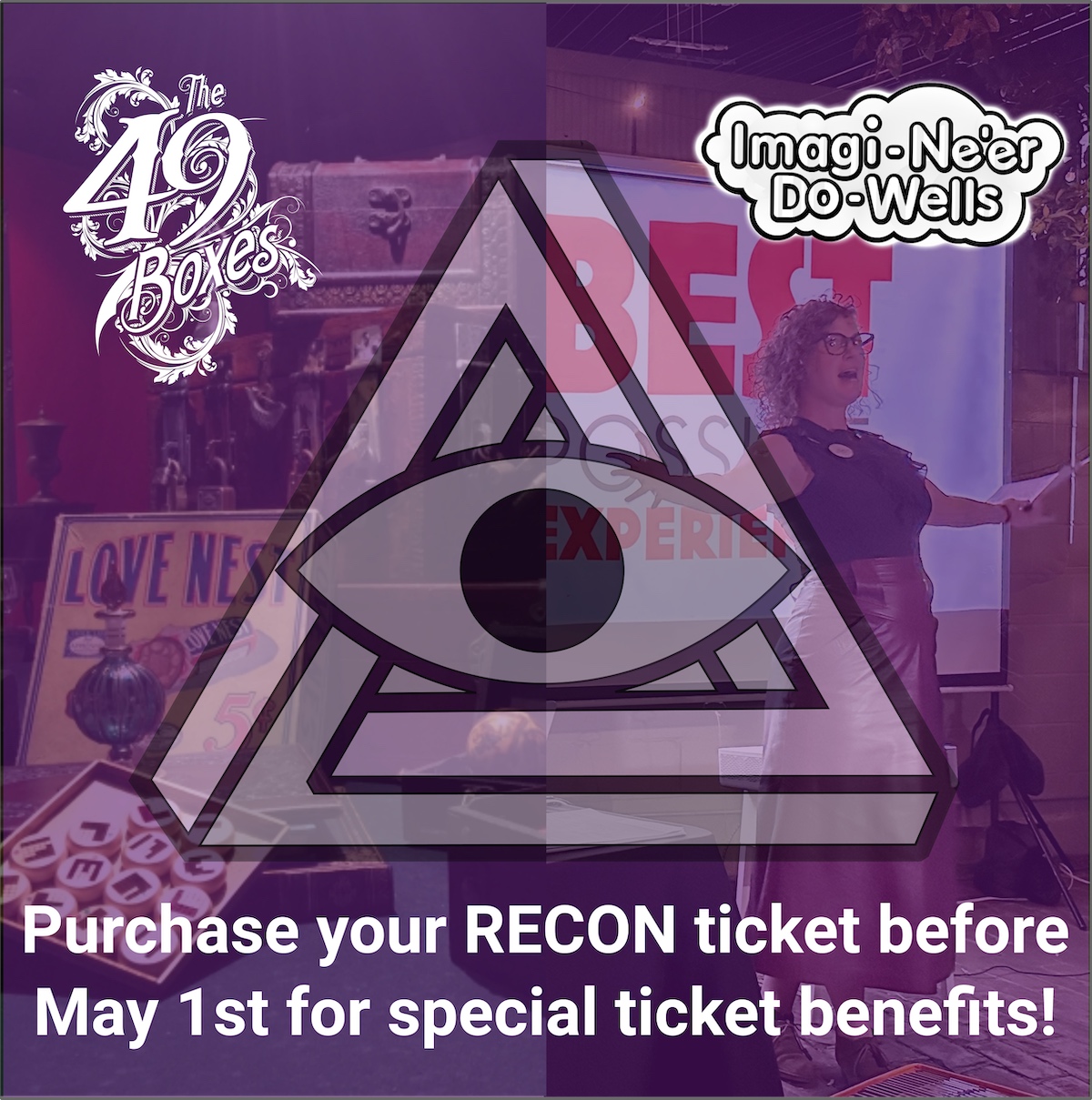Actors can be implemented as puzzles or gates in an escape room. In this way, they become an obstacle that players must bypass in order to continue.

Many Roles
Actors in escape rooms take on many roles. (See what I did there?) They can be gamemasters, story delivery devices, hint givers, jump scare inducers, and act break indicators, to name a few. They are often used for a combination of these duties. One of my favorite examples is the outrageousness that happens on The Hayden Farm.
Actors as puzzles is something that I would like to see more designers employ. Scenarios like bribing the security guard or distracting the receptionist just long enough to slip into the boss’ office are commonplace antics in most forms of storytelling. They provide moments of tension, excitement, collaboration, strategizing, cleverness, and comedy. Part of the fun of these types of interactions is that ingenuity and risk taking are often rewarded with success.
Smarter Than An Arduino
Most escape room puzzles require precise solutions and they can occasionally border on tedium if the input action outlives the aha moment by too long. Sometimes a puzzle’s design can feel underwhelming once you feel the creator’s hand forcing players to follow too many directions exactly to the letter. One of my least favorite things about escape rooms is when you can easily see the game’s rails.
An actor used as a puzzle can open up a world of possibilities for players. Correct solutions can vary along a spectrum between one right answer the actor is looking for and the actor working with any plausible solution. A live NPC (non-player character) is a much more forgiving input device when you want your players to use their imaginations and have fun. They can provide puzzle flexibility and allow for improvisation when interacting with the players. They can give real-time feedback and hinting while letting players make choices as to how to proceed.

Choices
Giving players choices, or even the illusion of choices, can add new depth to escape games. Whether or not those choices actually matter or have any influence on other aspects of the game is a more complex design question.
There is a Wild West-themed game near me where players start out in a jail cell with the deputy asleep at their desk just outside. We had to escape the jail cell (with the common reach-the-keys-through-the bars solution) but then we needed to wake the deputy and somehow force them into jail cell and lock them in so that we could proceed with our escape. We received these instructions by the gang’s leader during the game’s introduction. However, there was no indication given about what methods we should use to motivate the deputy to enter the jail cell. It was up to us to figure it out. My team had a long postgame conversation about what other tactics would have been successful. That was by far the most fun part of the game and several years later, it is the only thing I remember about it.
It Doesn’t Need To Be Complicated
Games like the late, great Miss Jezebel and the ahead-of-its-time Pop Star’s Room of Doom relied heavily on actors as puzzles, but an escape room doesn’t need that level of actor interactions to create a memorable experience. Something short and much simpler can still be a lot of fun. There is no need to overuse the puzzle mechanic. A quick chat with the hotel maintenance person about their favorite subject might just result in them telling you how to get that old elevator operational again. This can be enough to add a spark of excitement to the game.
Conclusion
I am a believer that the future of high-end escape rooms will include more player-actor interactions. Actors as characters can be used in all genres and themes, from horror to comedy to grief. Using actors as puzzles is another step in the evolution of our fledgling industry.
Recommendations
Here are our recommendations for escape rooms where you can experience the actor-as-puzzle mechanic in action:
- The Courtyard at The Basement (Los Angeles)
- The Last Supper at Quest Tavern (Los Angeles)
- The Fortune Teller at Lost Games (Las Vegas)
- The Grand Immersia Hotel at Immersia (Montreal, Canada)
- The End at DarkPark (Zoetermeer, The Netherlands)


![The Paper Labyrinth : The Power of Four [Hivemind Review]](https://roomescapeartist.com/wp-content/uploads/2024/03/paper-labyrinth-power-four-1.jpg)
![Rock City Escape – Poppet [Review]](https://roomescapeartist.com/wp-content/uploads/2024/03/rock-city-escape-poppet-2.jpg)

Leave a Reply